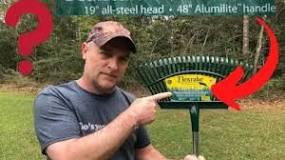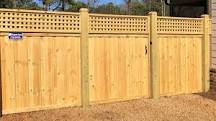If you’re wondering whether using a roof rake can damage your solar panels, the short answer is yes, it can. But don’t panic just yet! With the right techniques and precautions, you can safely clear snow without causing harm to your solar setup.
Understanding Roof Rakes and Solar Panels
Roof rakes are handy tools designed to remove snow from roofs. They can be super useful in preventing ice dams and reducing the weight of snow on your roof. However, when it comes to solar panels, there are a few things to keep in mind:
The Fragility of Solar Panels
Solar panels are built tough, but they’re not indestructible. They can withstand a good amount of impact, but using a roof rake carelessly might scratch or crack the surface. A little oversight could lead to costly repairs or even reduced efficiency.
The Angle Matters
The angle at which you approach the panels is crucial. If you’re raking straight down, you risk scraping the panels. Instead, try to rake from the sides or at a gentle angle to minimize direct contact.
Timing is Everything
If the snow is heavy and wet, it’s more likely to stick and create problems when you try to rake it off. Wait for it to dry out a bit if possible. This way, you’ll have an easier time clearing it without putting too much pressure on your solar panels.
Tips for Safe Snow Removal
So, how do you safely use a roof rake around your solar panels? Here are some tips:
Use a Non-Metal Rake
Opt for a roof rake with a plastic or rubber edge instead of metal. This will help prevent scratches and damage while still getting the job done.
Work Slowly and Carefully
Take your time! Rushing can lead to accidents. Move gently across the surface of the panels and avoid aggressive scraping.
Consider Professional Help
If you’re unsure or uncomfortable doing it yourself, hiring professionals who know how to handle solar panels might be worth considering. They have the experience and tools to do it safely.
Summary
In conclusion, while a roof rake can damage solar panels, being cautious and using the right techniques can help you avoid issues. Remember to consider the type of rake you’re using, the angle of approach, and whether it’s the right time to clear snow. With these tips in mind, you’ll be able to keep your roof clear without jeopardizing your solar investment!
FAQ
Can I use a roof rake on any type of solar panel?
Yes, but it’s essential to check with your panel manufacturer first. Some may have specific recommendations for snow removal.
What should I do if my solar panels get damaged?
If you suspect damage, contact your installer or a professional solar technician immediately. They can assess the situation and recommend repairs.
Is there an alternative method for removing snow from solar panels?
Absolutely! You can use heated cables or mats specifically designed for roofs with solar panels. These systems melt snow gradually without any physical contact.
How often should I remove snow from my solar panels?
It depends on your location and snowfall frequency. If you notice significant accumulation that could block sunlight, it’s best to clear it off promptly.







